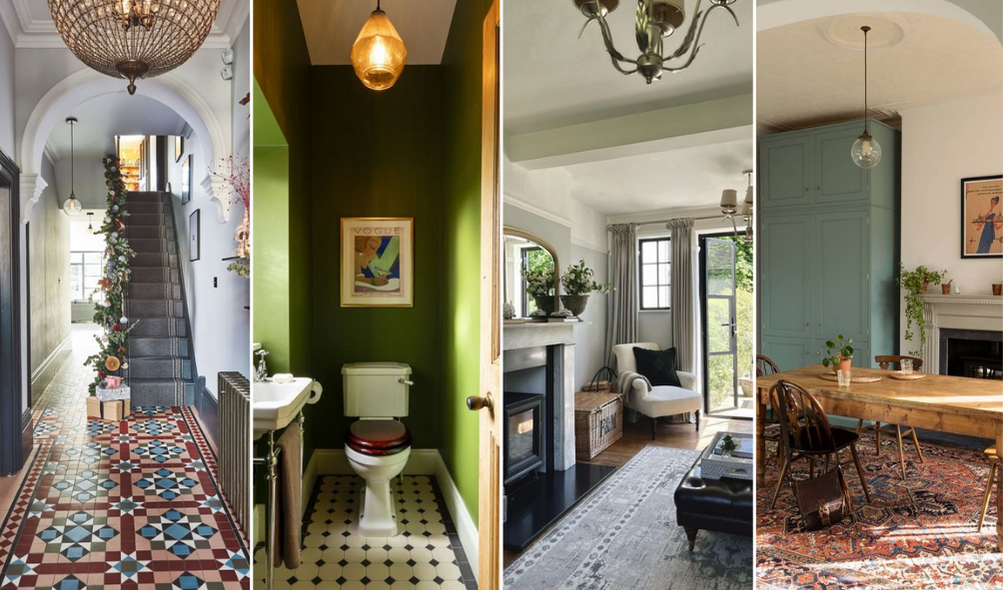
FAQ About Edwardian House Decor

How did the Edwardian era incorporate nature-inspired elements into decor?
The Edwardian era (1901-1910) embraced nature-inspired elements in decor as part of a broader shift towards lighter, more elegant design influenced by the Arts and Crafts movement and a departure from the heavy styles of the Victorian period. Nature motifs were integrated into various aspects of interior design, bringing a sense of freshness, vitality, and organic beauty to Edwardian homes.
Flowers were a dominant theme in Edwardian decor. Floral motifs, including roses, lilies, daisies, and other blooms, were commonly featured in wallpapers, fabrics, upholstery, and decorative items. The designs ranged from realistic depictions to stylized and abstract representations influenced by Art Nouveau.
Botanical prints and patterns adorned wallpapers, upholstery fabrics, and drapery. These prints showcased detailed illustrations of plants, leaves, and flowers, celebrating the beauty of nature in a stylized and decorative manner. The Edwardian color palette drew inspiration from nature, featuring soft and muted hues. Earthy tones such as greens, blues, soft pinks, and gentle yellows were popular choices, creating a calming and harmonious atmosphere within interiors.
Bird and butterfly motifs were commonly used to bring a sense of movement and life into Edwardian interiors. These motifs appeared on wallpapers, fabrics, stained glass, and decorative accessories, adding a touch of whimsy and natural charm. Natural materials, such as wood and wicker, were embraced in furniture design. Lighter wood tones, like oak and pine, were favored for their warm and natural appearance. Wicker furniture, including chairs and tables, added a relaxed and informal element to interiors.
